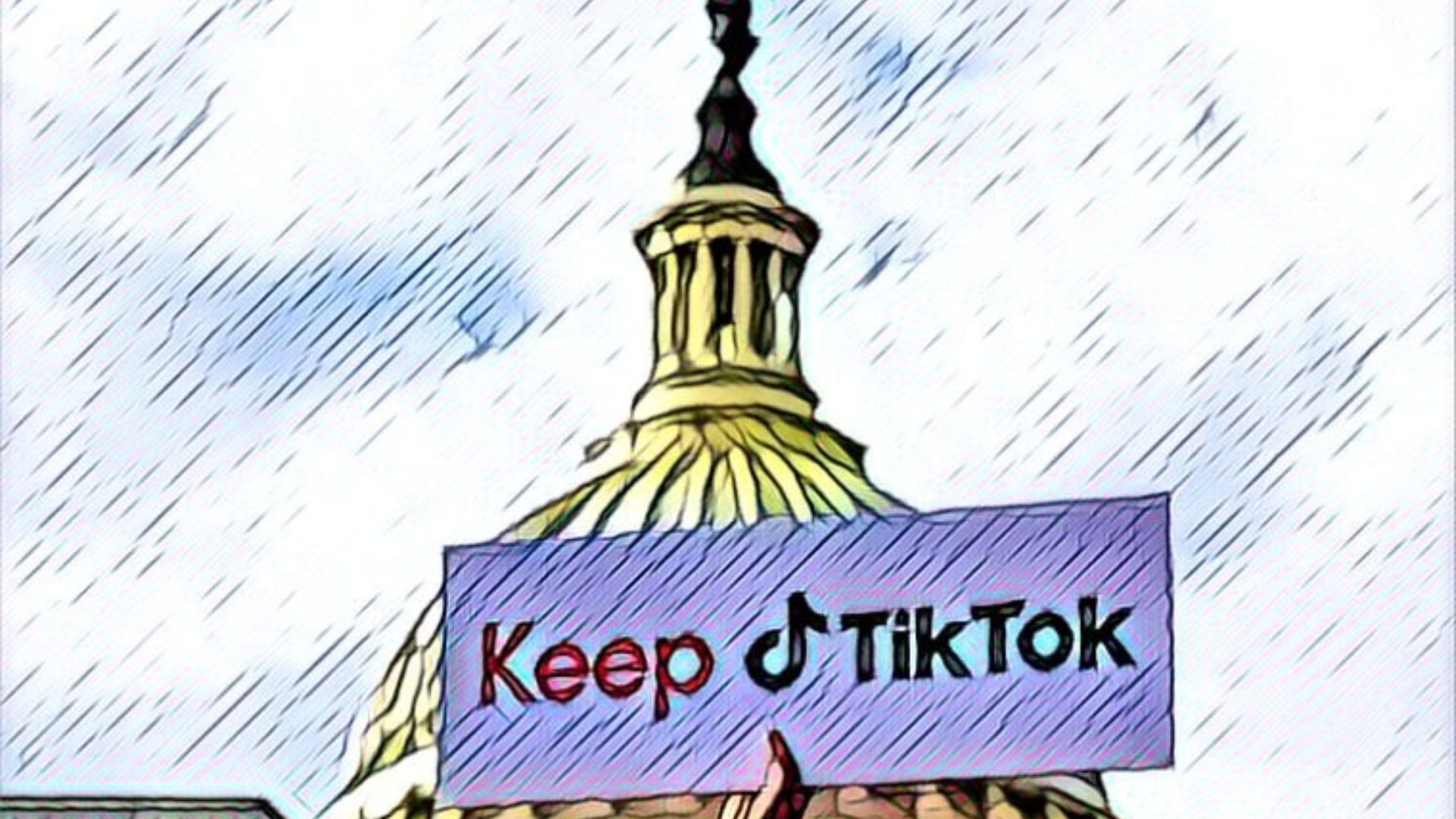Silicon Valley Bank collapsed on Friday, March 10th, losing $1.8 billion in asset sales and wiping out $9.5 billion in market value in one day.
Today, it is known as the second-largest financial institution in the entire US history to fail after New York’s Bank of the United States collapsed during The Great Depression in 1931. Following a 48-hour period of a bank run and capital crisis, the impact of this event is significant and will likely have far-reaching consequences within the financial sector.
What exactly happened to the Silicon Valley Bank, what will happen next, and could this even be the sign of the real economic crisis ahead? Let’s find out!
Silicon Valley Bank has many services similar to most traditional banks, but it is also famous for providing banking and credit services to venture-backed startups.
Silicon Valley Bank’s struggles can be attributed to the significant decline in technology stocks over the past year, coupled with the Federal Reserve’s aggressive rate hikes over the past year to combat inflation.
During times of low-interest rates, banks often invest in long-term, seemingly low-risk Treasury assets. However, as the Fed raises rates to combat inflation, the value of these assets drops, resulting in unrealized losses that erode bank balance sheets.
To make up for lost revenue, the bank invested billions of dollars in bonds using customers’ deposits. However, the value of these investments fell due to lower interest rates compared to comparable bonds issued in today’s higher interest rate environment.
Although this would typically not be an issue, Silicon Valley Bank’s customers were mostly startups and other tech-centric companies that increasingly needed cash.
With venture capital funding drying up and companies unable to secure additional rounds of funding for unprofitable businesses, they had to tap their existing funds, which were often deposited with Silicon Valley Bank.
And this is where things started to get rough.
As a result, the bank’s customers began withdrawing their deposits, which gradually led to the bank selling its assets to meet the withdrawal requests.
Since Silicon Valley Bank’s customers were mostly businesses and wealthy individuals, they likely had more significant concerns about a bank failure, given that their deposits were over the government-imposed deposit insurance limit of $250,000.
The bank’s losses, primarily from selling bonds at a loss, eventually led to insolvency, prompting it to seek additional capital from outside investors. Unfortunately, Silicon Valley Bank was unable to find them, leading to regulators seizing its assets to protect the remaining assets and deposits at the bank.
Announced the Shocking News
On Wednesday, March 8th, Silicon Valley Bank dropped a bombshell announcement that shook the financial world.
The disclosure revealed that the company had sold a significant amount of securities at a loss and would be raising $2.25 billion through the issuance of new shares to bolster its balance sheet.
This news prompted a ripple effect of panic among influential venture capital firms, who allegedly advised their portfolio companies to withdraw their funds from the bank.
As a result, the bank’s stability and reputation have taken a significant hit in the eyes of its clients and investors alike.
Massive Share Price Plunged
On Thursday, Silicon Valley Bank’s share price dropped 60%, wiping out $9.5 billion in market value.
Bank’s shares had been suspended, and the company had given up on its previous attempts to rapidly raise capital or find a potential buyer.
This sudden turn of events also led to the temporary halt of trading for other banking giants, such as First Republic, PacWest Bancorp, and Signature Bank, further compounding the uncertainty and instability in the financial market.
FDIC Took Control
On Friday, March 10th, following its collapse, California regulators made the difficult decision to shutter the doors of the tech-focused lender and place it under the control of the US Federal Deposit Insurance Corporation or FDIC.
This sudden takeover was the result of a rapid deterioration of the bank’s financial condition, as customers were withdrawing their deposits at an alarming rate, leading to a classic bank run scenario that left the bank insolvent.
The FDIC, in its role as a receiver, will likely take the necessary steps to liquidate the bank’s assets and use the proceeds to repay its customers, which includes depositors and creditors.
They said, all insured depositors will have full access to their insured deposits by Monday, March 13th, and would pay uninsured depositors an advance dividend within the week after.
FED’s Urgent Meeting
The recent crisis prompted Treasury Secretary Janet Yellen to convene an emergency meeting of financial regulators to address the challenges faced by Silicon Valley Bank.
Despite the initial concerns on Wall Street following the bank run on Silicon Valley Bank, analysts believe that the collapse of the bank is unlikely to trigger a domino effect similar to what happened during the financial crisis.
Moody’s chief economist, Mark Zandi, and some other analysts agree that the current banking system is well-capitalized and liquid enough to withstand such shocks.
Furthermore, the banks that are currently struggling are too small to pose a significant threat to the broader financial system, and affect only those that involve their funds too much in tech companies and crypto industries.
Conclusion
However, Michael Burry, an American investor and hedge fund manager who is best known for his bet against the US housing market in the mid-2000s, which was chronicled in the book and movie ‘The Big Short’, tweeted a message that seems to relate to the collapse of Silicon Valley Bank.
On March 12th, Burry tweeted a message that left us curious about whether he really meant that the collapse of Silicon Valley Bank is only the beginning of the real big financial crisis.







